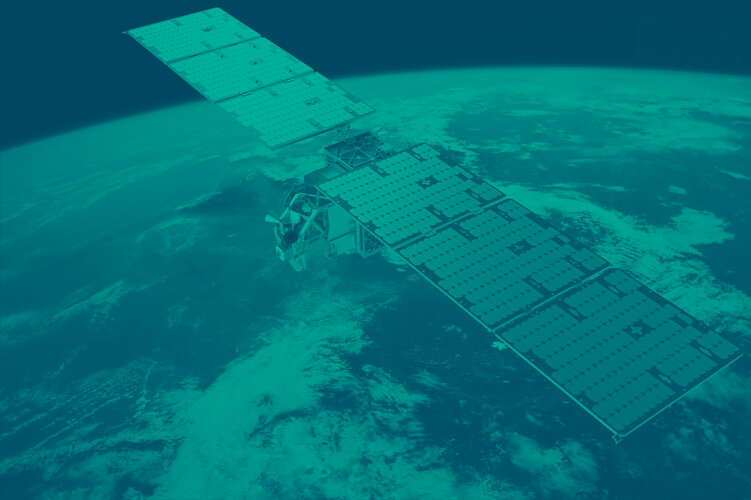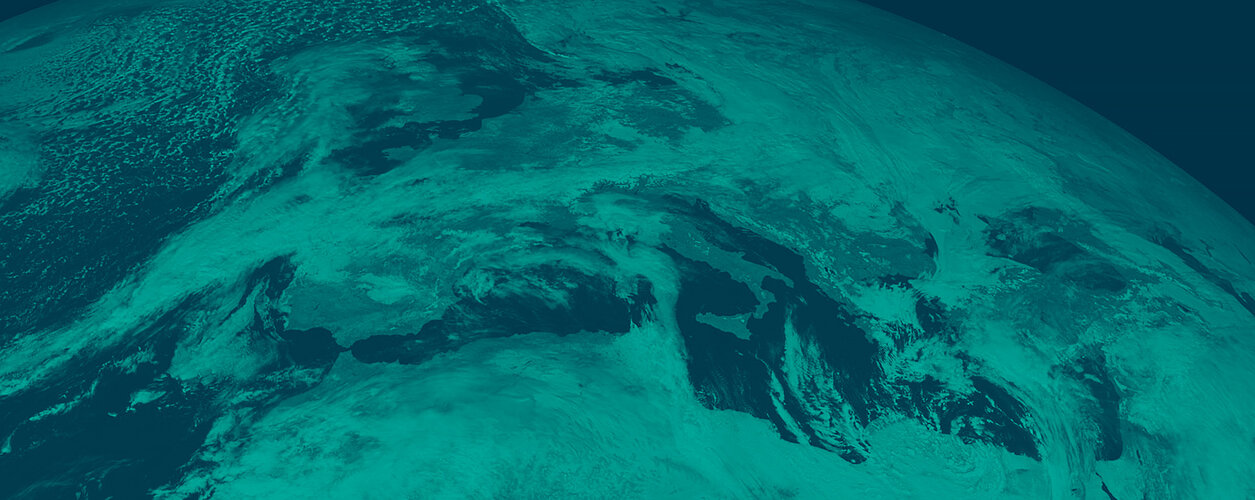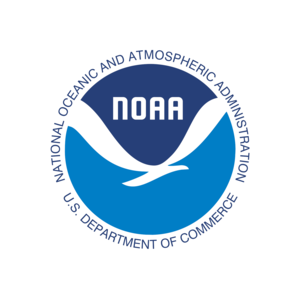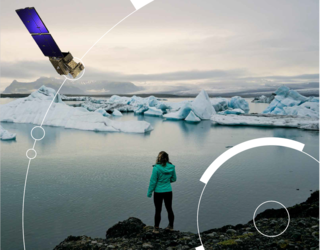Introducing the Arctic Weather Satellite
Accurate weather forecasts are an essential part of everyday life, used for simply deciding what clothes to wear to planning activities that have huge economic and societal implications such as crop harvesting, ship routing and managing renewable energy resources. Today, satellites, both those in geostationary orbit and in those polar orbit, provide a wealth of information that meteorologists use routinely to forecast the weather.
However, there is an urgent need for more frequent weather data over the Arctic – particularly for data on water vapour, which can change rapidly in this region.
While Europe’s Meteosat geostationary satellites positioned 36,000 km above the equator return images every 15 minutes, they have no visibility of higher latitudes, closer to the poles, so cannot be used for Arctic weather forecasting.
The MetOp satellites do return data over the poles as they a circle Earth from pole to pole in a lower orbit, but it can take up to 24 hours to achieve global coverage.


Access the video
The Arctic Weather Satellite carries a single instrument: a 19-channel cross-track microwave radiometer. Being much smaller than the polar-orbiting MetOp satellites, which carry a wide range of measuring instruments, the Arctic Weather Satellites would complement the MetOp series as well as the US’ NOAA Joint Polar Satellite System.
Embracing the New Space approach, the Arctic Weather Satellite was developed and built within 36 months, and adhering to a much tighter budget than traditional Earth observation missions.
The satellite, which weighs just 125 kg, carries a 19-channel cross-track scanning microwave radiometer that yields high-resolution vertical profiles of atmospheric temperature and humidity in all weather conditions – not just over the Arctic, but around the world.

Its enhanced sounding capabilities capture short fluctuations in humidity that can be used to better infer wind information for tracking storms and extreme weather.
It is actually a prototype – the forerunner of a potential constellation of satellites, called EPS-Sterna, that ESA would build for Eumetsat when the Arctic Weather Satellite prototype has demonstrated its potential in orbit.
The EPS-Sterna constellation would comprise six satellites, similar to the Arctic Weather Satellite, replenished three times, with two spare satellites available if needed.
The constellation would supply an almost constant stream of temperature and humidity data from every location on Earth – allowing, for the first time, for very short-range weather forecasting, or ‘nowcasting’, not only for the Arctic but for the globe.

Climate change is occurring at a higher pace in the Arctic compared to other parts of the world and these rapid changes are affecting the Earth system as a whole.
So, while weather forecasting is the focus, data from the Arctic Weather Satellite and the potential constellation will contribute to climate change research.
A study reports that it is estimated that EPS-Sterna constellation would bring almost €33 billion socio-economic benefits to Eumetsat's Member States (factor of 51 return of investment).
For the Arctic Weather Satellite prototype, OHB Sweden leads the industrial consortium, which includes Omnisys Sweden as the prime contractor for the microwave radiometer and Thales Alenia Space France as prime contractor for the ground segment. The industrial team includes 31 companies, including 14 small and medium-sized enterprises from 12 ESA Member States.
The Arctic Weather Satellite will be operated from the KSAT operational centre in Tromsø, Norway by a team from KSAT, OHB and ESA.
Looking to the future, ESA would develop the envisaged constellation in cooperation with Eumetsat, along the same lines as the generations of Meteosat and MetOp series.
Back to Arctic Weather Satellite homepage |














